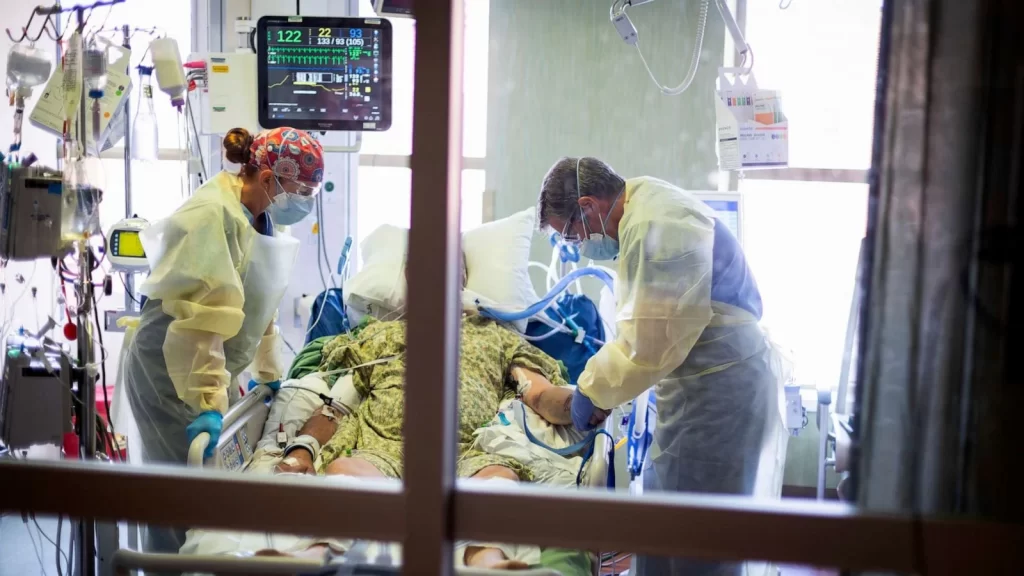
The United States is currently witnessing a significant surge in respiratory illnesses, with 25 states experiencing ‘high’ or ‘very high’ levels of activity. These illnesses include influenza, the common cold, respiratory syncytial virus (RSV), and other respiratory pathogens that can affect the nose, throat, and lungs.
Understanding the Surge in Respiratory Illnesses
There are several factors contributing to the surge in cases:
- Post-pandemic Exposure: With the lifting of many COVID-19 restrictions, there’s been increased social interaction and, consequently, virus transmission.
- Weakened Immunity: Continuous social distancing and hygiene measures might have led to a decrease in the population’s natural immunity to common respiratory viruses.
- Coinfection Risks: There are also concerns about the simultaneous infection of COVID-19 with other respiratory viruses, which could potentially lead to more severe illness.
States with the Highest Levels of Illness Activity
The states currently reporting high levels of respiratory illnesses span the country, affecting demographics across the board. These states are actively monitoring and responding to the increasing number of cases. Health authorities in impacted states are issuing alerts to healthcare providers to stay vigilant in diagnosing and managing cases.
Symptoms to Look Out For
Respiratory illnesses can range from mild to severe and typically present symptoms such as:
- Coughing
- Sneezing
- Nasal congestion
- Runny nose
- Sore throat
- Fever
- Difficulty breathing
It’s crucial to monitor these symptoms, especially in high-risk groups such as young children, elderly individuals, and people with chronic health conditions.
Prevention and Control Measures
Preventive measures are key in controlling the spread of these illnesses:
- Vaccination: Annual flu vaccines are recommended, and staying up to date with COVID-19 vaccinations can also help reduce severity and spread.
- Hygiene Practices: Regular handwashing, using tissues when coughing or sneezing, and avoiding touching the face with unwashed hands can minimize transmission.
- Social Distancing: Keeping a safe distance from others when possible, and wearing masks in crowded or enclosed spaces can decrease the risk.
- Stay Home If Sick: To reduce the spread of infection, it’s important to stay at home if experiencing any symptoms of respiratory illness.
Healthcare Systems Response
The healthcare system is adapting to this rise in cases through:
- Expanded Surveillance: Enhanced monitoring of the spread of respiratory viruses helps in early detection and control.
- Telehealth Services: Many providers are offering remote consultations to triage and treat patients while minimizing exposure.
- Resource Allocation: Hospitals and clinics are reallocating resources and staff to accommodate the influx of respiratory cases.
Looking Ahead
As we move through these challenging times, public health officials are emphasizing the importance of community efforts in preventing the spread of these illnesses. By being vigilant and proactive, we can each play a part in safeguarding our own health and the well-being of our communities.
In conclusion, the rise in respiratory illness across 25 states serves as a reminder of the importance of preventive healthcare measures. Public health authorities continue to monitor the situation closely and provide guidance on how best to navigate this wave of illnesses. For up-to-date information and specific advice, it is always best to consult with healthcare providers and heed local health department recommendations.



